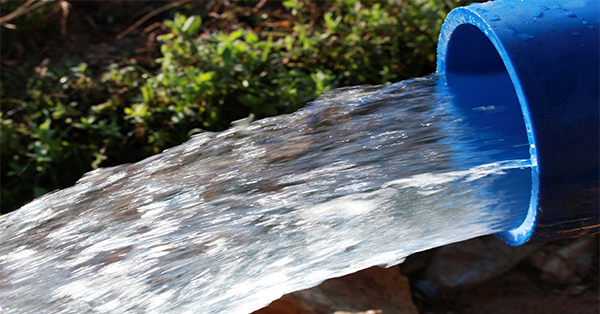Terbutryn is a widely used herbicide used to control a variety of weeds.
It enters wastewater systems through several pathways, including runoff from agricultural fields, leaching from treated surfaces, and urban runoff. Once in wastewater, Terbutryn can persist due to its chemical stability and resistance to biodegradation.
The accumulation of Terbutryn in wastewater poses significant environmental risks. If not adequately removed, it can contaminate surface and groundwater, leading to adverse effects on aquatic ecosystems.
Terbutryn has been shown to disrupt endocrine systems in aquatic organisms, potentially leading to population declines and biodiversity loss. Furthermore, the presence of such contaminants in drinking water sources raises public health concerns, necessitating effective removal strategies.







